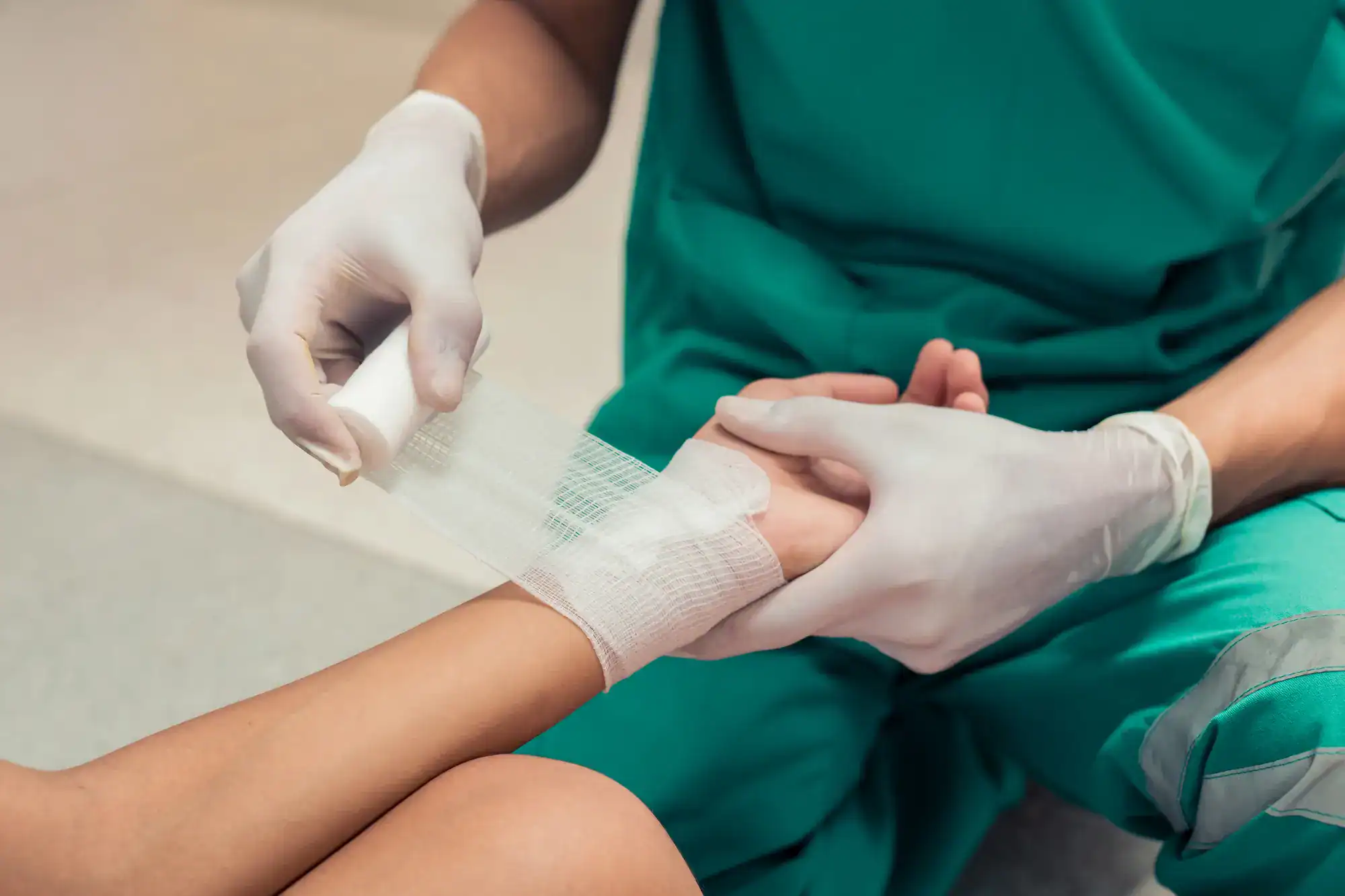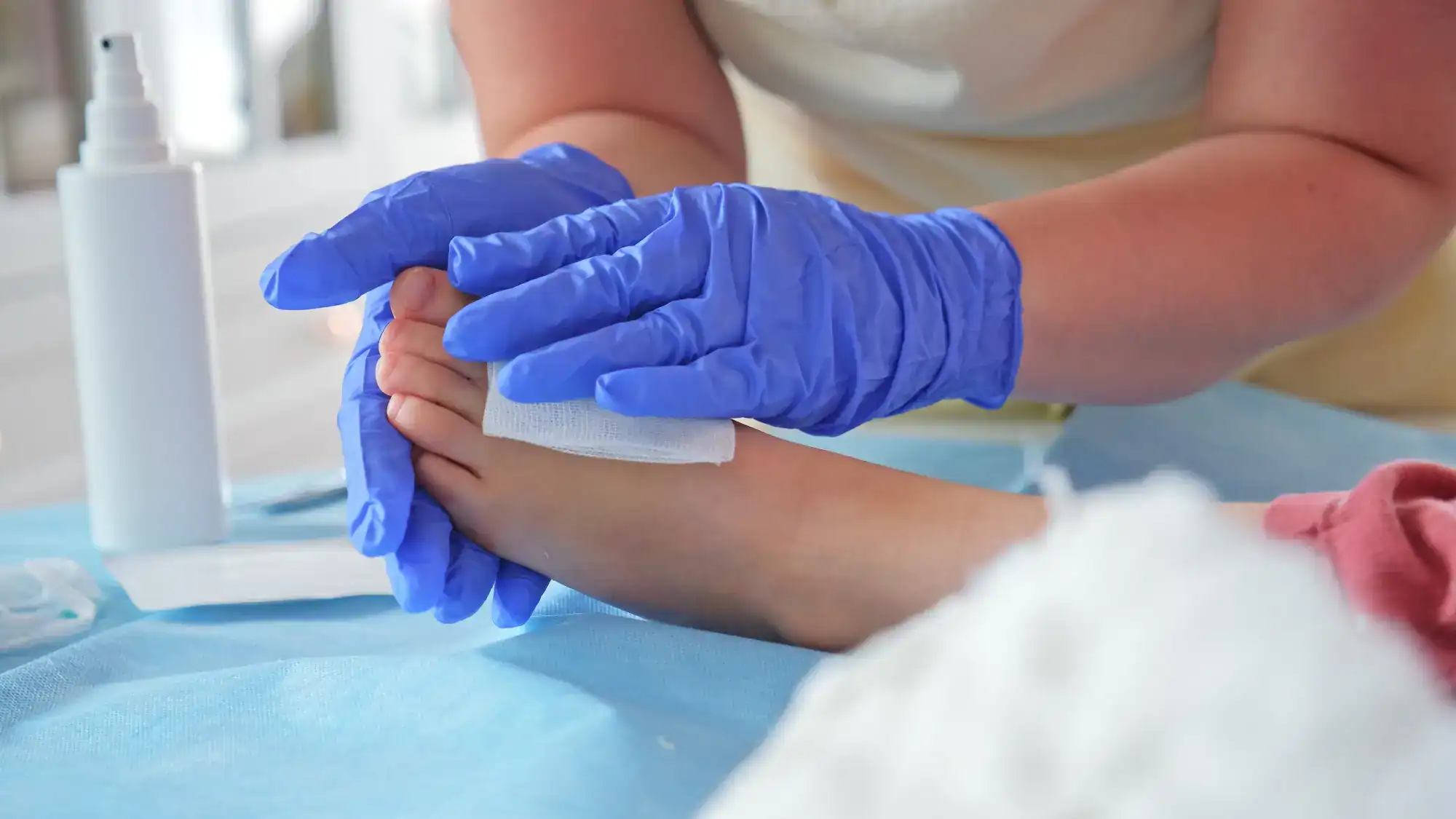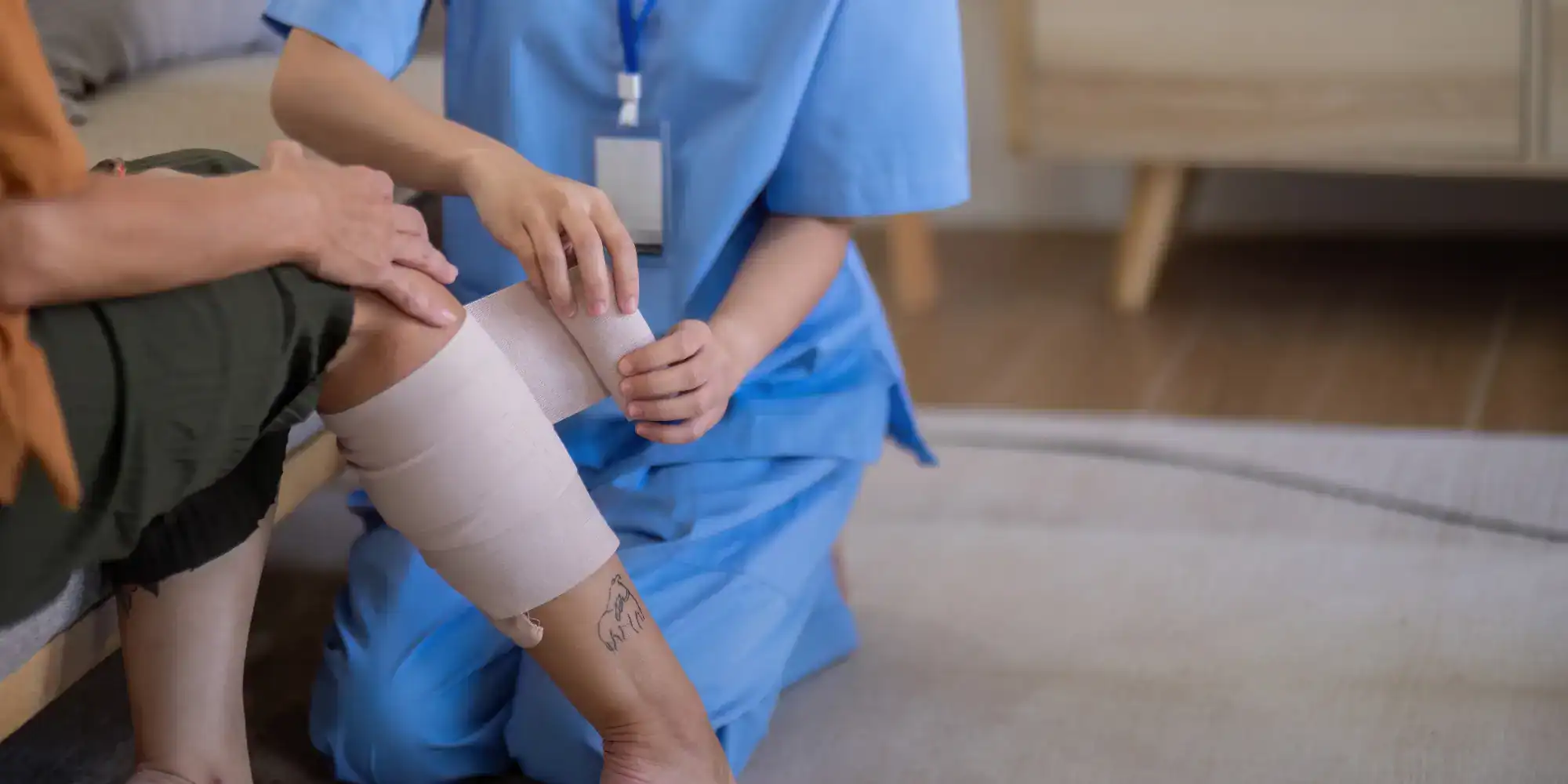Advanced wound treatments that work when others haven’t, right here in Felkel.

See What Our Customers Think

You’re tired of wounds that won’t close. Tired of infections that keep coming back. Tired of doctors who say “let’s wait and see” while you’re dealing with daily pain and worry about what comes next.
When wounds heal properly, everything changes. You sleep better because the pain isn’t keeping you awake. You can walk without wincing. You stop worrying about that smell, about infections, about whether this is going to get worse.
Real wound healing means getting back to your normal routine. It means not planning your day around dressing changes and doctor visits. It means confidence that your body is actually recovering, not just managing a problem that never goes away.
MedXclusive focuses exclusively on wounds that need more than basic bandaging. While your family doctor handles everything from colds to checkups, we spend our days on the wounds that won’t respond to standard treatment.
Our Felkel clinic uses the same advanced therapies you’d find at major medical centers, but without the drive to Tampa or Orlando. We’ve been treating complex wounds in this community long enough to know that most people just want their wound to close and stay closed.
You’re not getting a general practitioner who sees wound care twice a month. You’re getting specialists who understand why your diabetic foot ulcer keeps opening up, or why that surgical site won’t finish healing.

First visit, we figure out why your wound isn’t healing. Not just what it looks like now, but what’s been stopping the healing process. Blood flow, infection, underlying conditions, previous treatments that didn’t work – we need the full picture.
Then we clean house. Proper wound cleaning isn’t just wiping it down. We remove dead tissue, address any infection, and create the right environment for new tissue growth. This might involve advanced wound dressings, negative pressure therapy, or other treatments your previous doctor didn’t have access to.
Follow-up visits track actual progress. We’re measuring wound size, checking for signs of infection, adjusting treatments based on how your specific wound responds. Most patients see real improvement within the first few weeks, not months of hoping something changes.

Ready to get started?
Diabetic wound care gets special attention here because we know how quickly things can go wrong. Blood sugar management, circulation issues, neuropathy – all of these affect healing, and all of them need to be part of the treatment plan.
Advanced wound dressings that actually promote healing, not just cover the area. Negative pressure wound therapy for wounds that need extra help closing. Bioengineered skin substitutes for chronic wounds that have given up trying to heal on their own.
Pain management that lets you function while you heal. Infection control that stops the cycle of antibiotics that work for two weeks then stop working. Education so you know what to watch for and how to prevent this from happening again.
